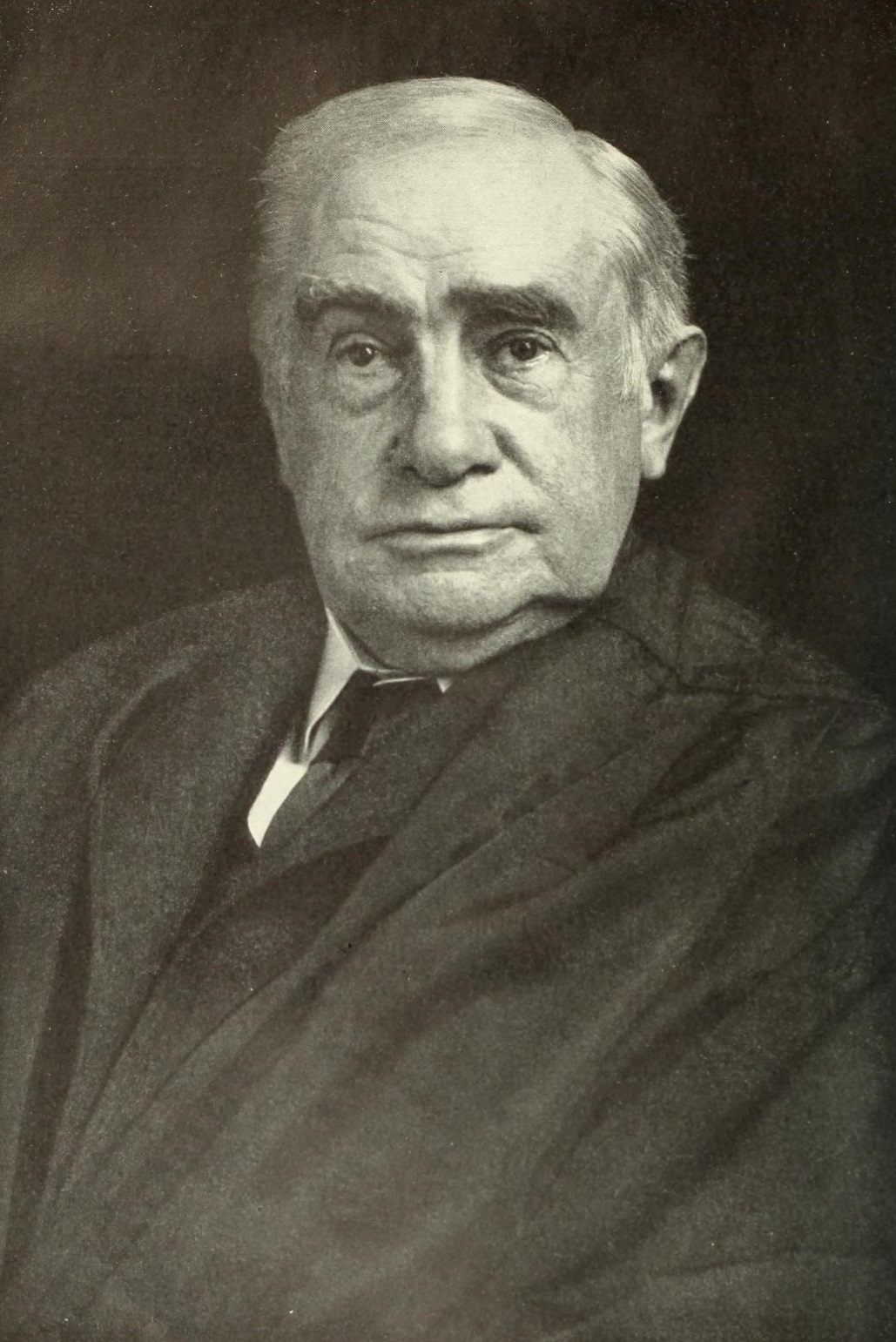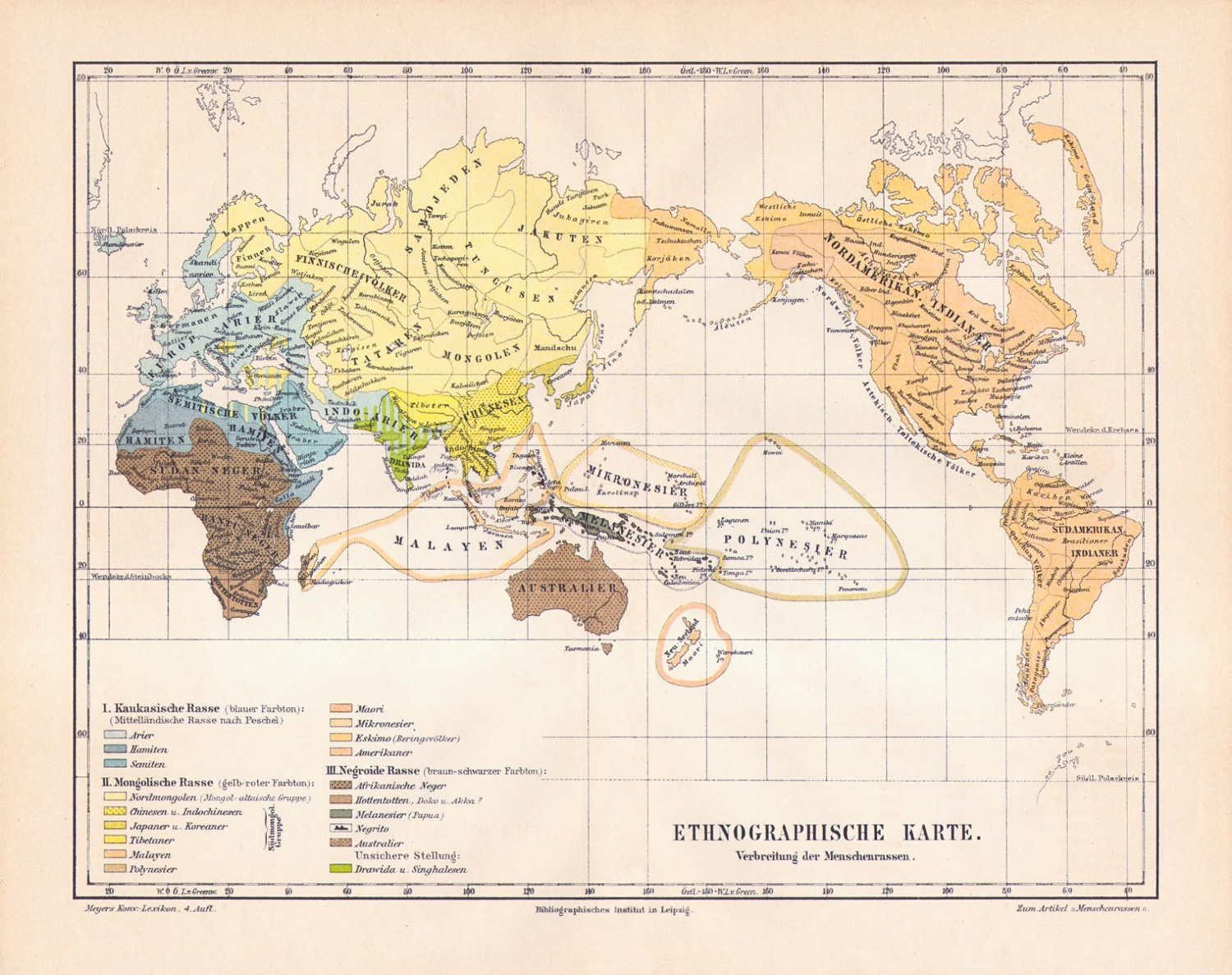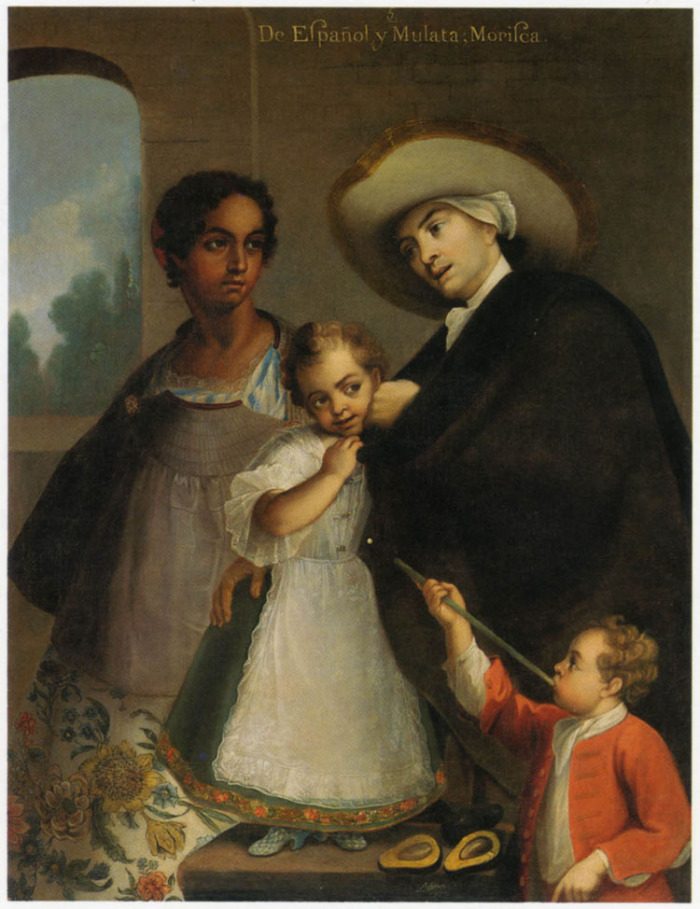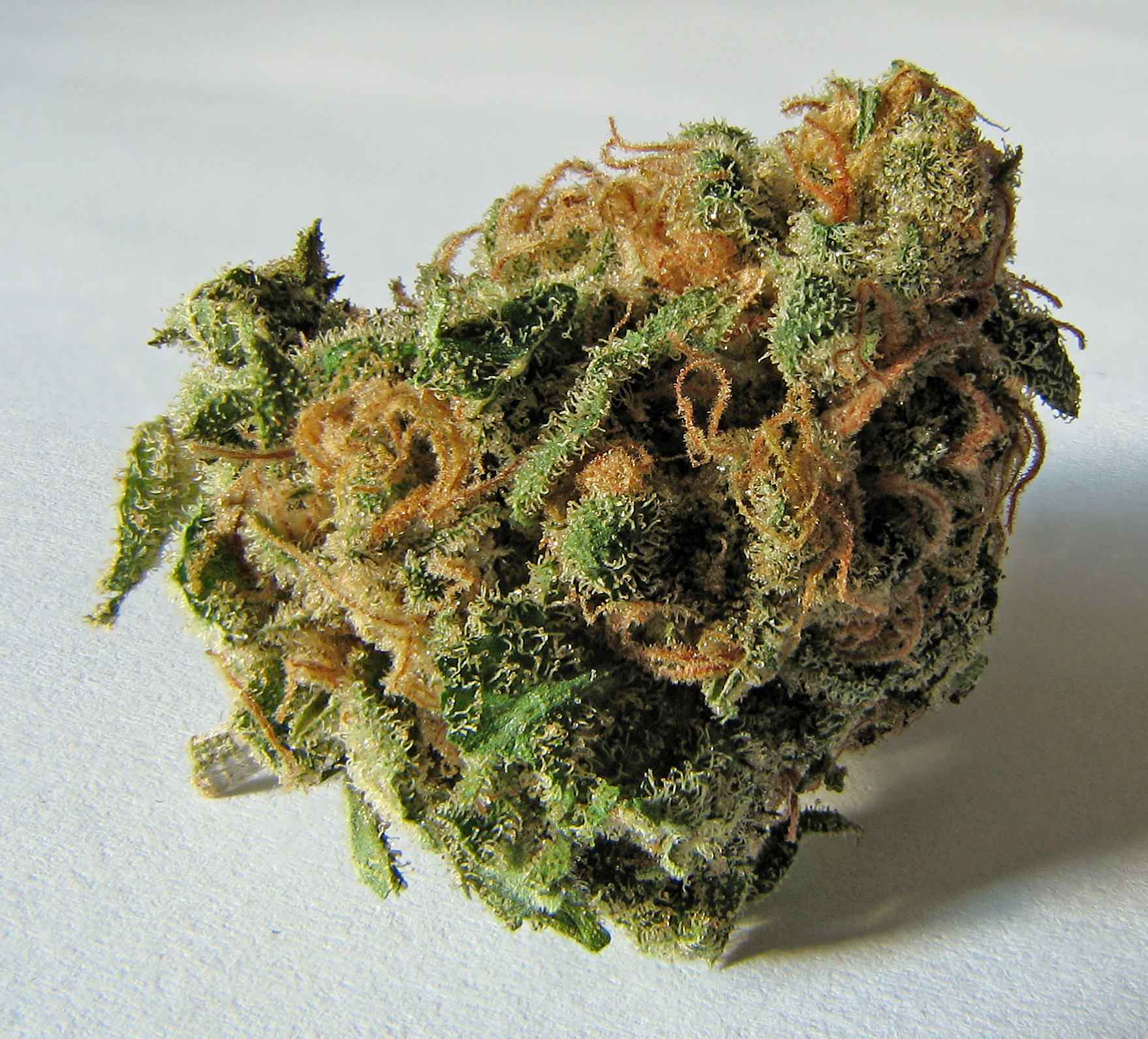|
Plessy Vs Ferguson
''Plessy v. Ferguson'', 163 U.S. 537 (1896), was a landmark U.S. Supreme Court decision in which the Court ruled that racial segregation laws did not violate the U.S. Constitution as long as the facilities for each race were equal in quality, a doctrine that came to be known as "separate but equal". The decision legitimized the many state laws re-establishing racial segregation that had been passed in the American South after the end of the Reconstruction era (1865–1877). The underlying case began in 1892 when Homer Plessy, a mixed-race man, deliberately boarded a "whites-only" train car in New Orleans. By boarding the whites-only car, Plessy violated Louisiana's Separate Car Act of 1890, which required "equal, but separate" railroad accommodations for white and non-white passengers. Plessy was charged under the Act, and at his trial his lawyers argued that judge John Howard Ferguson should dismiss the charges on the grounds that the Act was unconstitutional. Ferguson den ... [...More Info...] [...Related Items...] OR: [Wikipedia] [Google] [Baidu] |
Equal Protection Clause
The Equal Protection Clause is part of the first section of the Fourteenth Amendment to the United States Constitution. The clause, which took effect in 1868, provides "''nor shall any State ... deny to any person within its jurisdiction the equal protection of the laws.''" It mandates that individuals in similar situations be treated equally by the law. A primary motivation for this clause was to validate the equality provisions contained in the Civil Rights Act of 1866, which guaranteed that all citizens would have the guaranteed right to equal protection by law. As a whole, the Fourteenth Amendment marked a large shift in American constitutionalism, by applying substantially more constitutional restrictions against the states than had applied before the American Civil War, Civil War. The meaning of the Equal Protection Clause has been the subject of much debate, and inspired the well-known phrase "Equal justice under law, Equal Justice Under Law". This clause was the basis for ... [...More Info...] [...Related Items...] OR: [Wikipedia] [Google] [Baidu] |
State School
State schools (in England, Wales, Australia and New Zealand) or public schools (Scottish English and North American English) are generally primary or secondary educational institution, schools that educate all students without charge. They are funded in whole or in part by taxation. State funded schools exist in virtually every country of the world, though there are significant variations in their structure and educational programmes. State education generally encompasses primary and secondary education (4 years old to 18 years old). By country Africa South Africa In South Africa, a state school or government school refers to a school that is state-controlled. These are officially called public schools according to the South African Schools Act of 1996, but it is a term that is not used colloquially. The Act recognised two categories of schools: public and independent. Independent schools include all private schools and schools that are privately governed. Indepen ... [...More Info...] [...Related Items...] OR: [Wikipedia] [Google] [Baidu] |
Race (human Categorization)
A race is a categorization of humans based on shared physical or social qualities into groups generally viewed as distinct within a given society. The term came into common usage during the 1500s, when it was used to refer to groups of various kinds, including those characterized by close kinship relations. By the 17th century, the term began to refer to physical (phenotypical) traits, and then later to national affiliations. Modern science regards race as a social construct, an identity which is assigned based on rules made by society. While partly based on physical similarities within groups, race does not have an inherent physical or biological meaning. The concept of race is foundational to racism, the belief that humans can be divided based on the superiority of one race over another. Social conceptions and groupings of races have varied over time, often involving folk taxonomies that define essential types of individuals based on perceived traits. Today, scientists con ... [...More Info...] [...Related Items...] OR: [Wikipedia] [Google] [Baidu] |
Covington, Louisiana
Covington is a city in, and the parish seat of, St. Tammany Parish, Louisiana, United States. The population was 11,564 at the 2020 United States census. It is located at a fork of the Bogue Falaya and the Tchefuncte River. Covington is part of the New Orleans– Metairie–Kenner metropolitan statistical area. Covington has played a large role in movie making over the past 20 years, with over 30 films History The earliest known settlement by Europeans in the area was in 1800 by Jacques Drieux, during the British West Florida period. In 1813, John Wharton Collins established a town with the name of Wharton. He is buried on the corner of the city cemetery directly across from the Covington Police Department. On March 11, 1816, the town of Wharton was renamed to that of Covington. There are conflicting stories about how the city came to be named Covington. Many historians believe the city was renamed for General Leonard Covington, a hero of the War of 1812. Covington wa ... [...More Info...] [...Related Items...] OR: [Wikipedia] [Google] [Baidu] |
East Louisiana Railroad
The East Louisiana Railroad (officially the East Louisiana Railroad Company), chartered in 1887, was a railroad in Louisiana and Mississippi, United States. It was formed to connect Pearl River, Louisiana, to Covington, Louisiana, and Lake Pontchartrain. The company played a key role in the 1896 case of ''Plessy v. Ferguson'' by arranging for Homer Plessy, a black man, to board a whites-only passenger car. In 1889, the company chartered trains to a boxing match between John L. Sullivan and Jake Kilrain. In 1905, it was merged into the New Orleans Great Northern Railway. History The East Louisiana Railroad was chartered on July 8, 1887, with authorization to connect Pearl River and Covington, along with "such points or places in the states of Louisiana and Mississippi, as also to such points or places on Lake Pontchartrain as the board of directors ... may determine". In 1896, the East Louisiana Railroad worked with Homer Plessy, a Louisiana resident, to challenge Louisiana' ... [...More Info...] [...Related Items...] OR: [Wikipedia] [Google] [Baidu] |
Test Case (law)
In case law, a test case is a legal action whose purpose is to set a precedent. Test cases are brought to court as a means to provide a clearer definition to laws with disputed meaning and/or intent. An example of a test case might be a legal entity who files a lawsuit to see if the court considers a certain law or a certain legal precedent applicable in specific circumstances. This is useful, for example, to validate later filing similar lawsuits. Government agencies sometimes bring test cases to confirm or expand their powers.In FTC v. Dean Foods Co., the FTC sought to establish its power to obtain preliminary injunctions in anti-merger cases. In FTC v. Sperry & Hutchinson Co., the FTC sought to establish its power to invoke section 5 of the FTC Act, 15 U.S.C. sec. 45, against business practices that were "unfair" without being similar to antitrust violations. In United States v. Glaxo Group Ltd., the Justice Department sought to establish its power to invalidate patents even th ... [...More Info...] [...Related Items...] OR: [Wikipedia] [Google] [Baidu] |
Octoroon
In the colonial societies of the Americas and Australia, a quadroon or quarteron was a person with one quarter African/ Aboriginal and three quarters European ancestry. Similar classifications were octoroon for one-eighth black (Latin root ''octo-'', means "eight") and quintroon for one-sixteenth black. Governments of the time sometimes incorporated the terms in law, defining rights and restrictions. The use of such terminology is a characteristic of hypodescent, which is the practice within a society of assigning children of mixed unions to the ethnic group which the dominant group perceives as being subordinate. The racial designations refer specifically to the number of full-blooded African ancestors or equivalent, emphasizing the quantitative least, with quadroon signifying that a person has one-quarter black ancestry. Etymology The word ''quadroon'' was borrowed from the French ''quarteron'' and the Spanish ''cuarterón'', both of which have their root in the Latin ''quartus ... [...More Info...] [...Related Items...] OR: [Wikipedia] [Google] [Baidu] |
Mixed Race
Mixed race people are people of more than one race or ethnicity. A variety of terms have been used both historically and presently for mixed race people in a variety of contexts, including ''multiethnic'', ''polyethnic'', occasionally ''bi-ethnic'', '' Métis'', '' Muwallad'', ''Colored'', ''Dougla'', ''half-caste'', '' ʻafakasi'', ''mestizo'', ''Melungeon'', ''quadroon'', ''octoroon'', '' sambo/zambo'', ''Eurasian'', ''hapa'', ''hāfu'', ''Garifuna'', ''pardo'' and ''Guran''. A number of these terms are now considered offensive, in addition to those that were initially coined for pejorative use. Individuals of mixed-race backgrounds make up a significant portion of the population in many parts of the world. In North America, studies have found that the mixed race population is continuing to grow. In many countries of Latin America, mestizos make up the majority of the population and in some others also mulattoes. In the Caribbean, mixed race people officially make up the major ... [...More Info...] [...Related Items...] OR: [Wikipedia] [Google] [Baidu] |
Pelican Publishing Company
Pelican Publishing Company is a book publisher based in Gretna, a suburb of New Orleans. Formed in 1926, Pelican is the largest independent trade book publisher located in the U.S. South. Pelican publishes approximately 60 titles per year and maintains a backlist of over 2500 books. Most of its titles relate to Louisiana and Southern culture, cuisine, art, travel guides, history, children's books, and textbooks. History Formed in 1926 by John McClure, Pelican was tied early in its history to William Faulkner and Stuart O. Landry. In 1970, Dr. Milburn E. Calhoun and family acquired Pelican. Calhoun served as company president and publisher prior to his death in 2012. Since his passing, daughter Kathleen Calhoun Nettleton has occupied his place as publisher and president. In May 2019, the company's assets was officially purchased by Arcadia Publishing. The purchased titles are now under the Pelican Publishing imprint of Arcadia Publishing. The company itself is still owned by K ... [...More Info...] [...Related Items...] OR: [Wikipedia] [Google] [Baidu] |
Comité Des Citoyens
The ('Citizens' Committee' in French language, French) was a civil rights group made up of African Americans, whites, and Louisiana Creole people, Creoles. It is most well known for its involvement in ''Plessy v. Ferguson''. The Citizens' Committee was opposed to racial segregation and was responsible for multiple demonstrations in which African Americans rode on the "white" cars of trains. A prominent member of the group was Louis A. Martinet, a politician, journalist, and lawyer who is credited with much of the thinking behind their legal strategy. History In 1890, the State of Louisiana passed the Separate Car Act, which required separate accommodations for Black and white people on railroads, including separate railway car, railroad cars. At the suggestion of Aristide Mary, a wealthy Creole landowner who was active in Louisiana's Reconstruction era politics, including running for governor in 1872, a group of 18 prominent black, creole of color, and white creole New Orleans ... [...More Info...] [...Related Items...] OR: [Wikipedia] [Google] [Baidu] |
Louisiana Creole People
Louisiana Creoles (french: Créoles de la Louisiane, lou, Moun Kréyòl la Lwizyàn, es, Criollos de Luisiana) are people descended from the inhabitants of colonial Louisiana before it became a part of the United States during the period of both French and Spanish rule. As an ethnic group, their ancestry is mainly of Louisiana French, West African, Spanish and Native American origin. Louisiana Creoles share cultural ties such as the traditional use of the French, Spanish, and Creole languages and predominant practice of Catholicism. The term ''Créole'' was originally used by the Louisiana French to distinguish people born in Louisiana from those born elsewhere, thus drawing a distinction between Old-World Europeans and Africans from their Creole descendants born in the New World.Kathe ManaganThe Term "Creole" in Louisiana : An Introduction, lameca.org. Retrieved December 5, 2013 [...More Info...] [...Related Items...] OR: [Wikipedia] [Google] [Baidu] |
Misdemeanor
A misdemeanor (American English, spelled misdemeanour elsewhere) is any "lesser" criminal act in some common law legal systems. Misdemeanors are generally punished less severely than more serious felonies, but theoretically more so than administrative infractions (also known as minor, petty, or summary offences) and regulatory offences. Typically, misdemeanors are punished with monetary fines or community service. Distinction between felonies and misdemeanors A misdemeanor is considered a crime of lesser seriousness, and a felony one of greater seriousness. The maximum punishment for a misdemeanor is less than that for a felony under the principle that the punishment should fit the crime. One standard for measurement is the degree to which a crime affects others or society. Measurements of the degree of seriousness of a crime have been developed. In the United States, the federal government generally considers a crime punishable with incarceration for not more than one ... [...More Info...] [...Related Items...] OR: [Wikipedia] [Google] [Baidu] |







